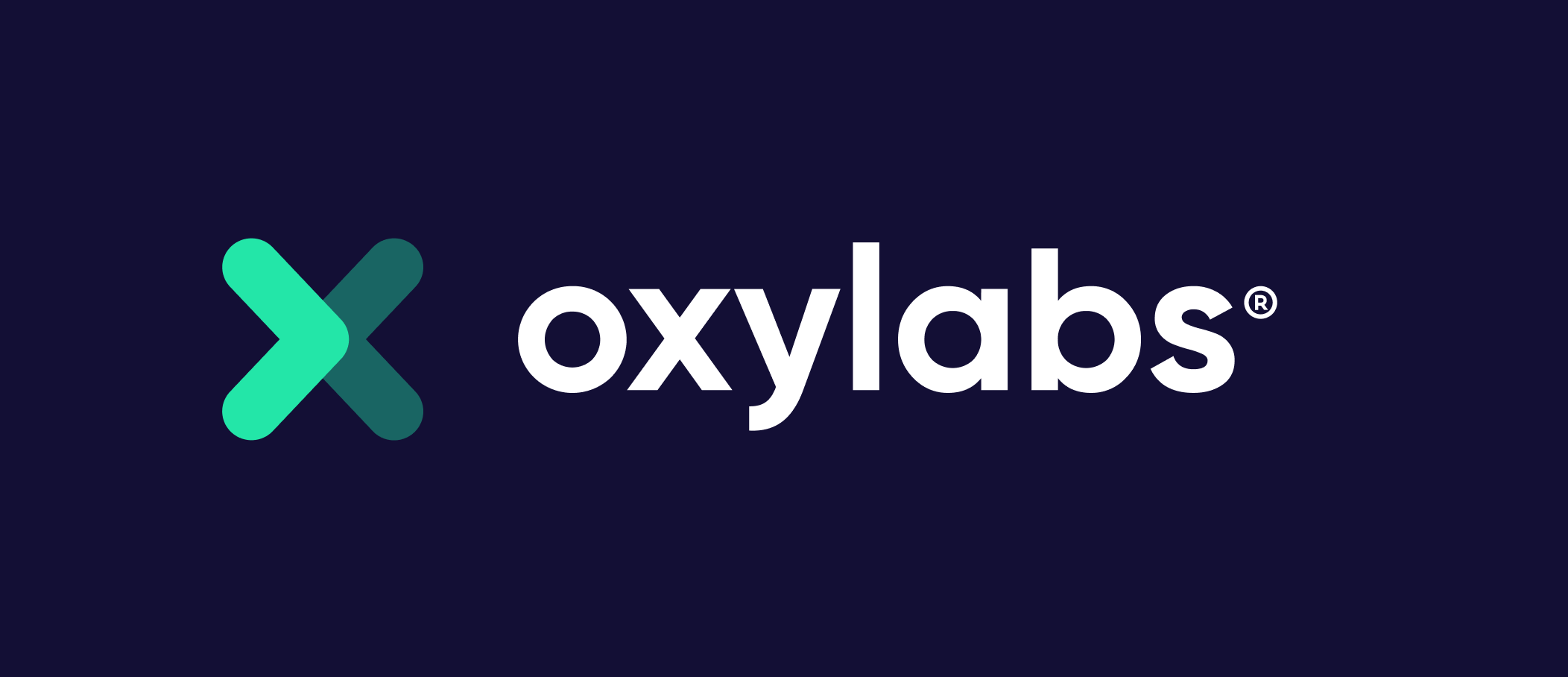taki





Install
npm i taki
Built on the top of Google's Puppeteer, for a jsdom/chromy version please visit here.
Usage
const { request } = require('taki')
request({ url: 'https://sao.js.org', wait: 1000 }).then((html) => {
console.log(html)
})
NOTE: You need to call cleanup when you no longer use request:
import { cleanup } from 'taki'
cleanup()
Custom html selector
By default it returns the html for the entire document, but you can specify a selector to get the html for a specific element.
const { request } = require('taki')
request({ url: 'https://example.com', htmlSelector: '.some-element' }).then(
(html) => {
console.log(html)
}
)
Manually take snapshot
By default taki will take a snapshot of the URL when all resources are loaded, if you have control of the website's source code, you can disable that and manually call window.snapshot:
request({
url: 'http://my-web.com',
manually: true,
})
And in your website's source code:
fetchSomeData().then(data => {
this.setState({ data }, () => {
+ window.snapshot && window.snapshot()
})
})
Alternatively, choose your own method to invoke when your app is ready to return HTML:
request({
url: 'http://my-web.com',
manually: 'iamready',
})
Then call window.iamready() instead of window.snapshot() in your app.
Wait
Wait for specific timeout or a CSS selector to appear in dom.
request({
url,
wait: 3000,
wait: '.comments',
})
This option will be ignored if manually is set.
Minify
Minify HTML.
request({
url,
minify: true,
})
Filter resource
We always abort network requests to following types of resource: stylesheet image media font since they're not required to render the page. In addtion, you can use resourceFilter option to abort specfic type of resource:
request({
url,
resourceFilter({ type, url }) {
},
})
You can also use blockCrossOrigin: true shortcut to block all cross-origin requests.
Contributing
- Fork it!
- Create your feature branch:
git checkout -b my-new-feature - Commit your changes:
git commit -am 'Add some feature' - Push to the branch:
git push origin my-new-feature - Submit a pull request :D
Author
taki © egoist, Released under the MIT License.
Authored and maintained by egoist with help from contributors (list).
Website · GitHub @egoist · Twitter @_egoistlily







